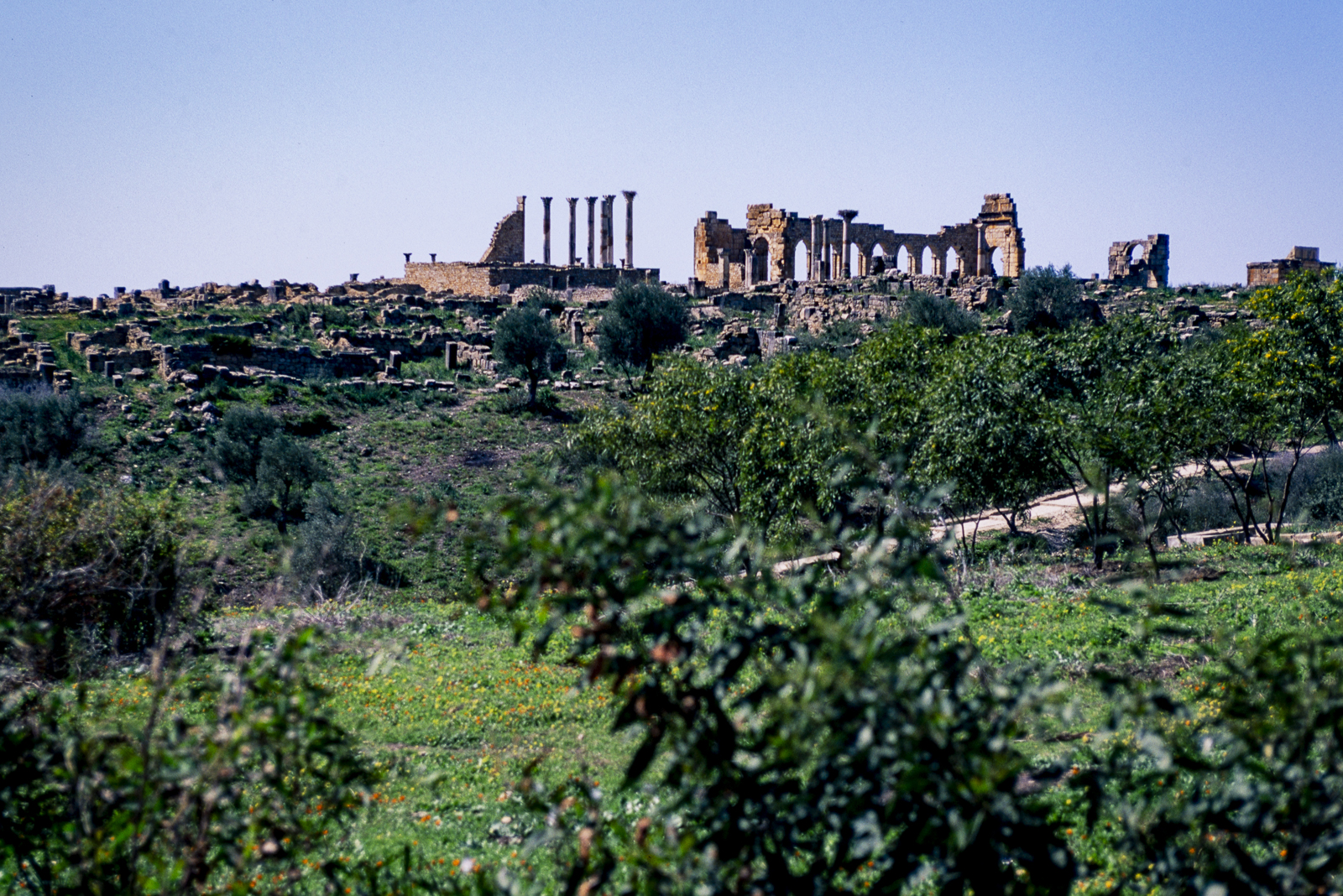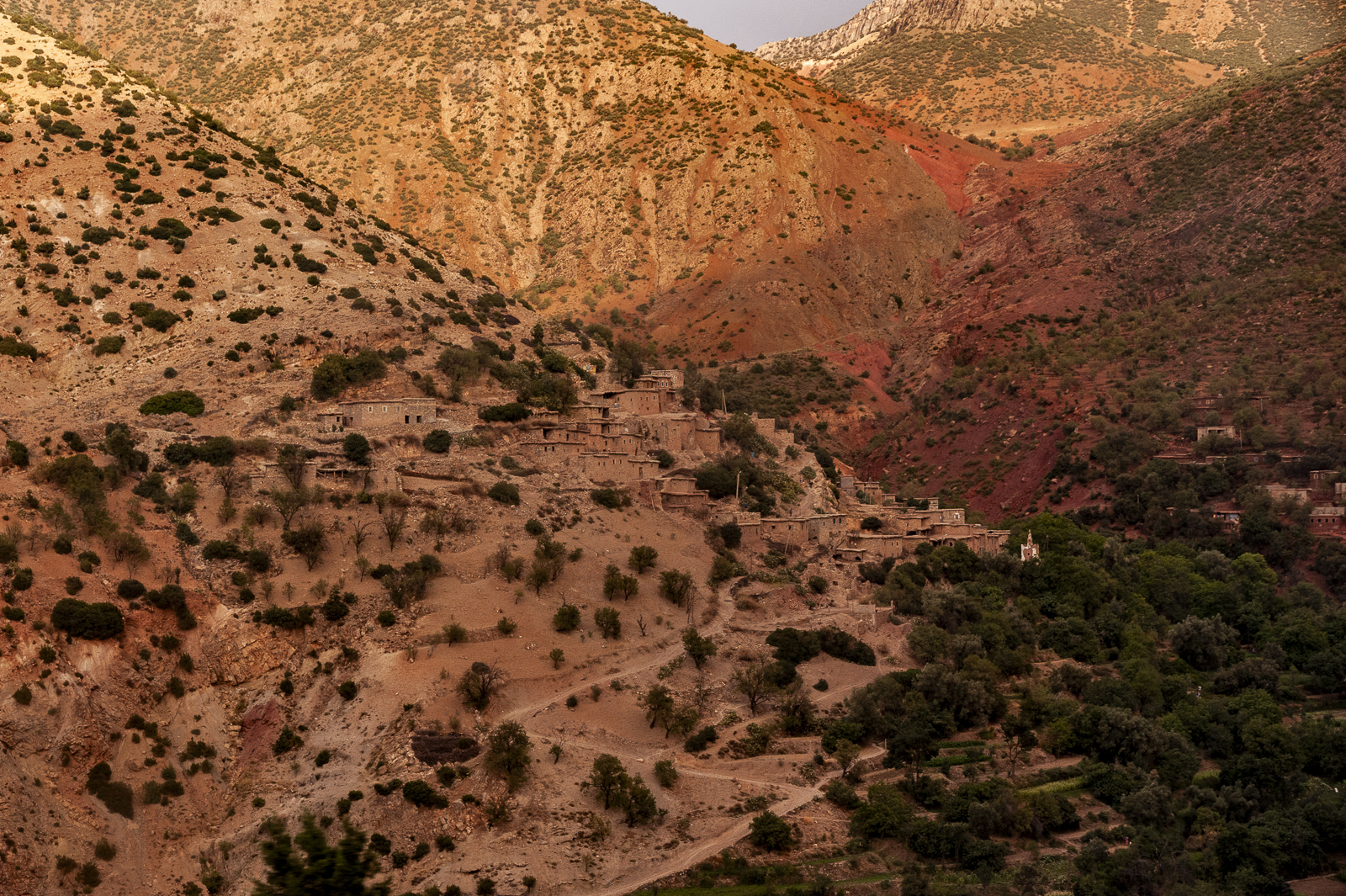
Prior to the arrival of Islam, the territories of North Africa had their own rich, centuries-long history in a land that had not only been populated and modified by the Maures and the Gétulos. Many other cultures had also left their mark in places like Lixus and Volubilis in the case of present-day Morocco, to which can be added the rich pre-Islamic heritage in Algeria, Tunisia and Libya. From the primitive Phoenician-Punic sites, an important transformation of the space can be traced as far back as the first millennium BC.
Purely economic forces dictated how these sites were founded, although they eventually lead to profound hybridisations with local elements. Over time, these sites became increasingly important communities that would eventually develop into flourishing cities, a phenomenon that was particularly noticeable under the Roman administration of North Africa. Areas of interconnection, such as the so-called “Strait Circle”, favoured certain regions’ or locations’ specialisation in different products. This was the case of the coastal town of Lixus, and the highly prized garum, a fish sauce considered delicious to ancient palates. The economic boom, together with the machinery of transformation powered by the Romans, sowed the future Maghreb with temples, amphitheatres, baths, among others, and later churches. Both Rome and, later on, Christianity – as well as other faiths, such as Judaism – sparked an important metamorphosis in the topography of the cities, leaving an important legacy that can still be seen in the archaeological remains and material culture of the area. Alongside the local native communities, Phoenicians, Carthaginians, Romans, Vandals and Byzantines (from the first millennium BC to the 7th century AD) produced a hybrid world full of intercultural and religious spaces that would to varying degrees be integrated with the 7th century Arab-Berber advance, the seed of the medieval Maghreb.
Esther Sánchez Medina
Autonomous University of Madrid
















